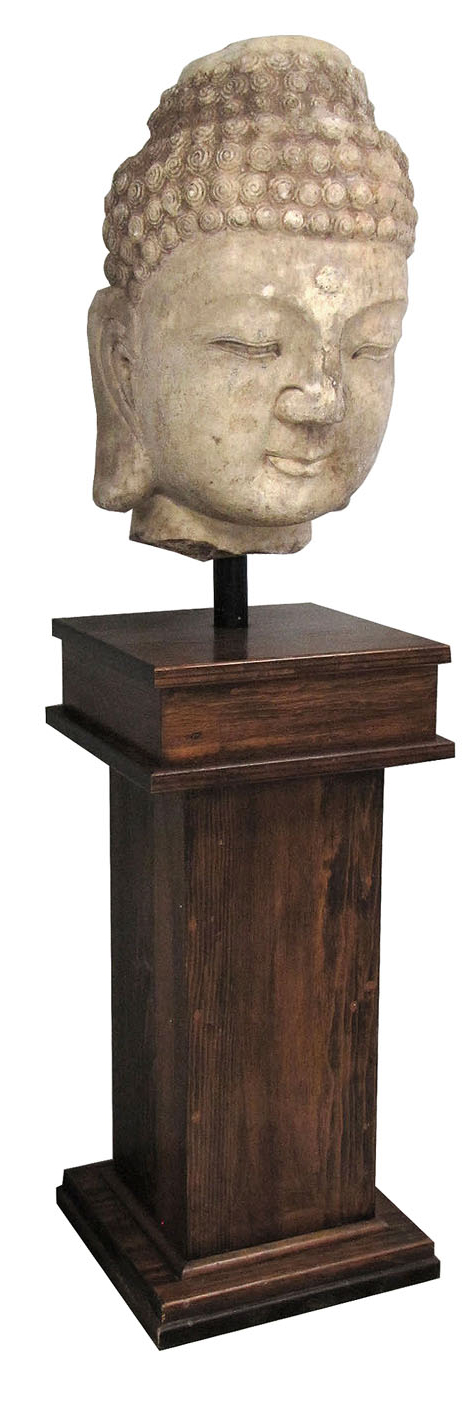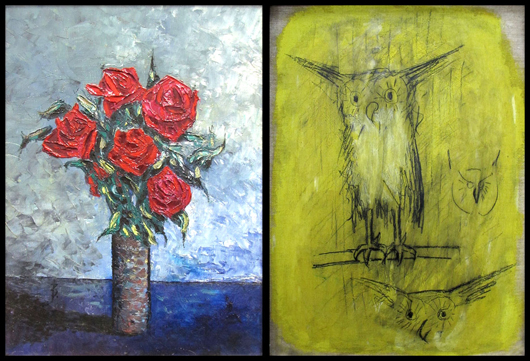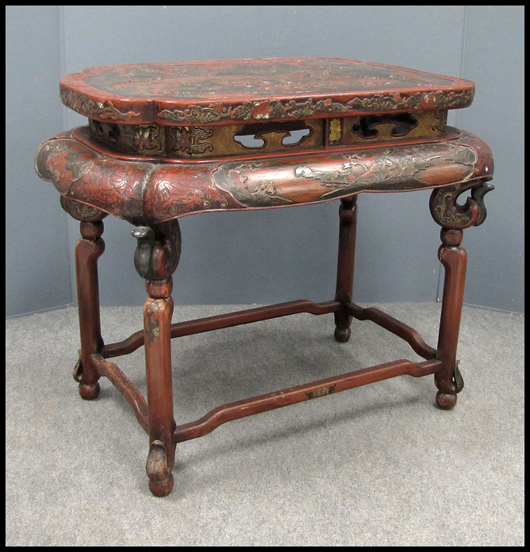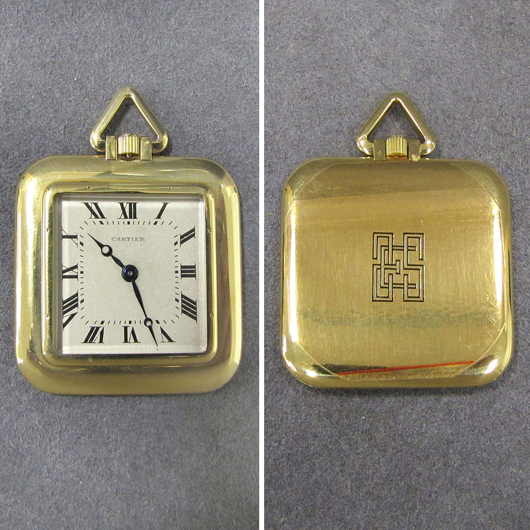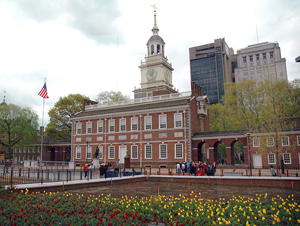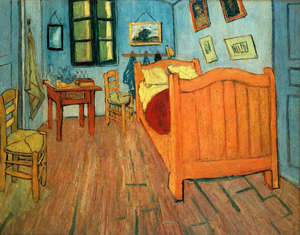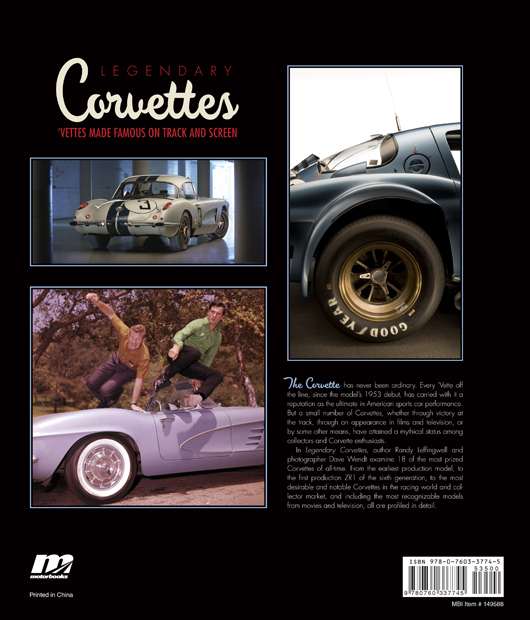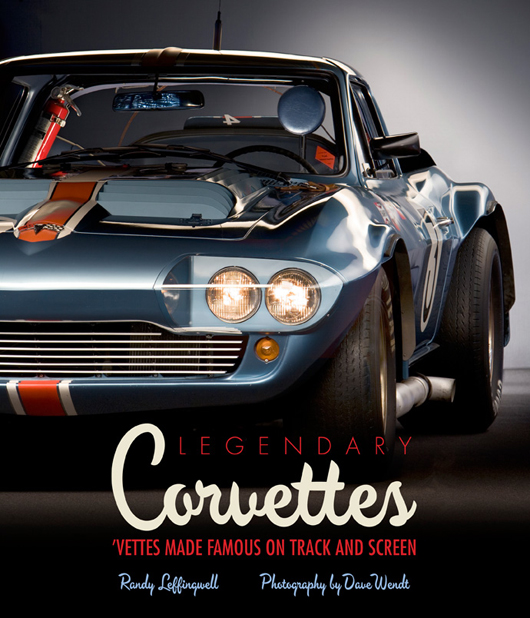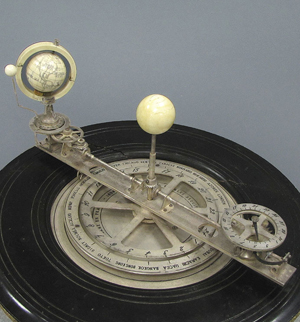
CHESTER, N.Y. – William Jenack Estate Appraisers and Auctioneers will launch its fall season with a sale at their Chester, N.Y., gallery on Sept. 12, 2010, commencing at 11 a.m. Eastern time. Internet live bidding will be provided by LiveAuctioneers.com.
The sale will include a fine collection of horological items including two 19th-century French orrery celestial world timepieces, a collection of more than 40 pocket watches, with movements spanning the early 18th- to mid-20th centuries; Chinese pottery, porcelain and artwork; fine art including works by Burliuk, Buffet, Dehaven and others; Oriental rugs and carpets; and furniture and accessories of the 19th and 20th centuries.
The sale is to include a fine collection of sterling silver from the 18th through 20th centuries. Highlights include a complete service for 12 of Wallace’s Grand Baroque sterling silver flatware, most marked for Cartier. Also related to the service will be serving pieces and a rare set of sterling dessert plates of the same pattern marked for Cartier.
Georgian silver will also be represented by a complete service for eight of “Kings Pattern” London sterling flatware, Georgian London sterling vinaigrette with sponge, George III Birmingham sterling snuff box made by Cock and Bettridge, 1808-09; London sterling mustard pot, circa 1818, made by Crispin Fuller; London sterling pepper pot, Thomas & Jabez markers, circa 1773-4; London sterling Monteith Bowl with lion mask handles, circa 1809-10; Georgian footed salver, circa 1754; Austrian 812 silver coffee urn, STM makers mark, circa 1836. To top off the precious metals is an exquisite Tiffany 14K yellow gold presentation cigarette box weighing in at an amazing 1,130 grams.
For the porcelain and pottery collector there will be many items of interest, such as two lots of rare 18th-century Worcester fluted bowls one whose decoration is attributed to the school of James Giles, a fine pair of 18th-century Chinese export garnitures in a famille rose palette with Mandarin figures; a pair of Chinese blue and white decorated dishes of the Kang Hsi period, and a molded lotus form bowl. also of the same period.
As with all of William Jenack’s sales, notable artwork will be offered, including an oil on canvas of a vase of red roses, bearing the monogram of Bernard Buffet. An interesting note on this canvas has to do with the back of the canvas, which has some studies of owl bodies and heads, the same as Buffet’s series of owl lithographs. A small canvas by David Burliuk of a woman and cow, Albert Nemethy Jr.’s oil on canvas of the paddle wheel steamship the Mary Powell; an American school oil on canvas of a girl and her doll, 19th century; an American school 19th-century oil of a family portrait, a Franklin Benjamin Dehaven oil on canvas landscape with figure, and an early 19th-century American School oil of a young boy with hoop round out the fine art section.
The sale will also offer a collection pocket watches from the 18th to 20th centuries. The pocket watches are part of a collection that passed through the Frick family and others in private collections. The selection includes: Waltham 14K “Royal” 19-jewel open-face pocket watch, Hamilton 14K white gold 23-jewel, Masonic open-face pocket watch; Swill 18K 30-jewel minute repeater open-face pocket watch, the pocket watch movement with moon phase, calendar, repeater, 19th century; Cartier 18K open-face 18-jewel 8-day pocket watch; Hamilton 21 jewel (992 B) Railway special open-face pocket watch; Doxa 8-day open-face pocket watch with steeplechase case, retro French platinum open-face dress pocket watch, signed Uti Watch Co.; Elgin “Veritas” 23-jewel (double hour hands) open face pocket watch. and many others.
Chinese art has captivated the international audience. There is sure to be great interest in the many exquisite pieces in this sale, priced both for the new and advanced collector. One of the most impressive lots to be offered is a monumental carved head of Buddha of the late Sung to Yuan period. Other highlights include: a Chinese peach bloom amphora style vase, late Ching period bronze censor, Chinese carved ivory female doctor’s model, jade bangle bracelet, Chinese carved silver alloy bowl, Chinese blue and white vase signed of the Ch’eng Hua period, Tien Wang stone figural toggle, Chinese porcelain decorated low bowl, signed of the Yang Cheng period; Ming period carved lacquer table and several other lots.
Completing the sale will be a number of Chinese furniture pieces, 19th and 20th century American and European furniture and decorative objects; rugs and carpets.
For additional information on any lot in the sale, call 845-469-9095 or email kevin@jenack.com.
ADDITIONAL LOTS OF NOTE
